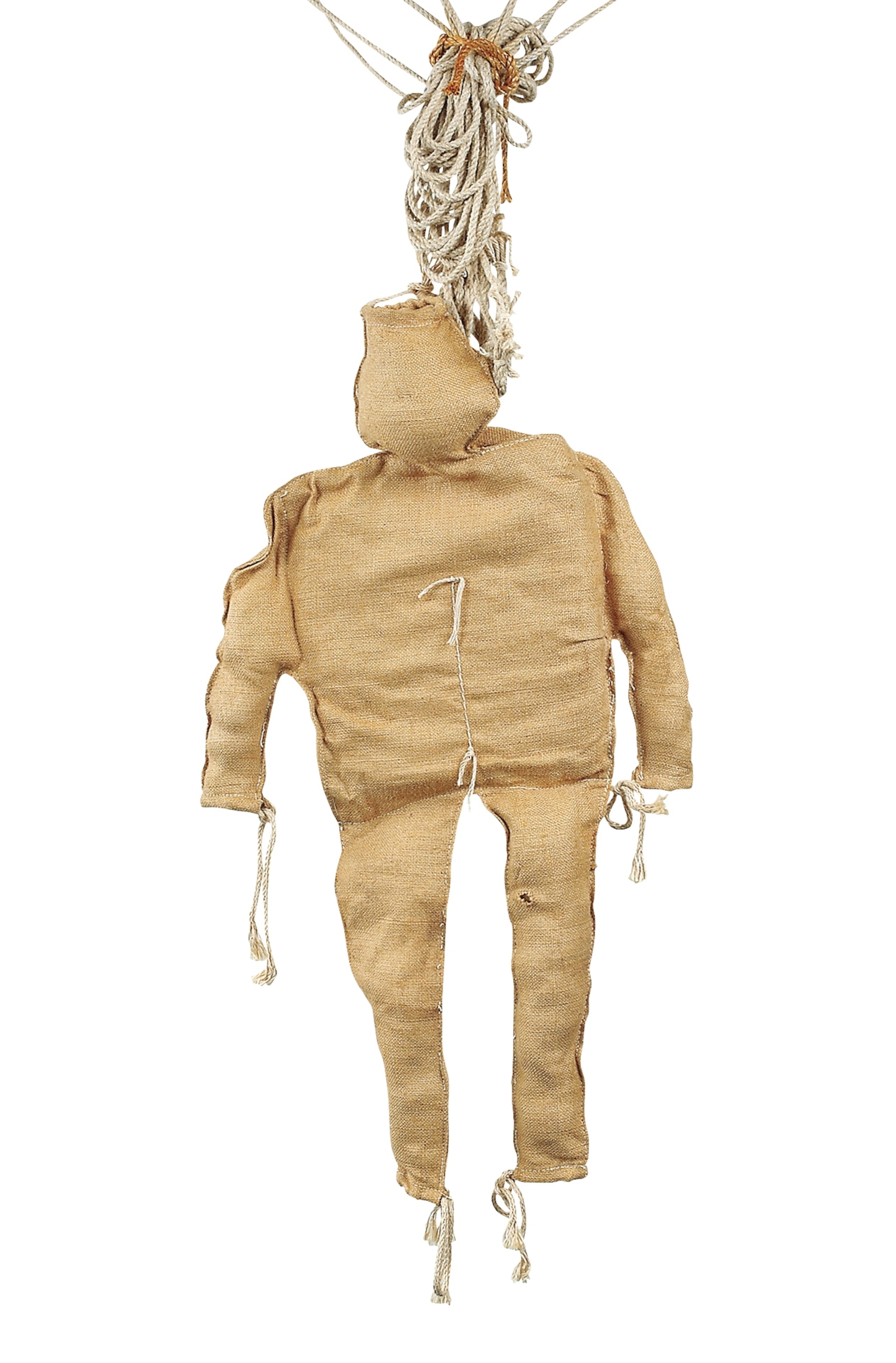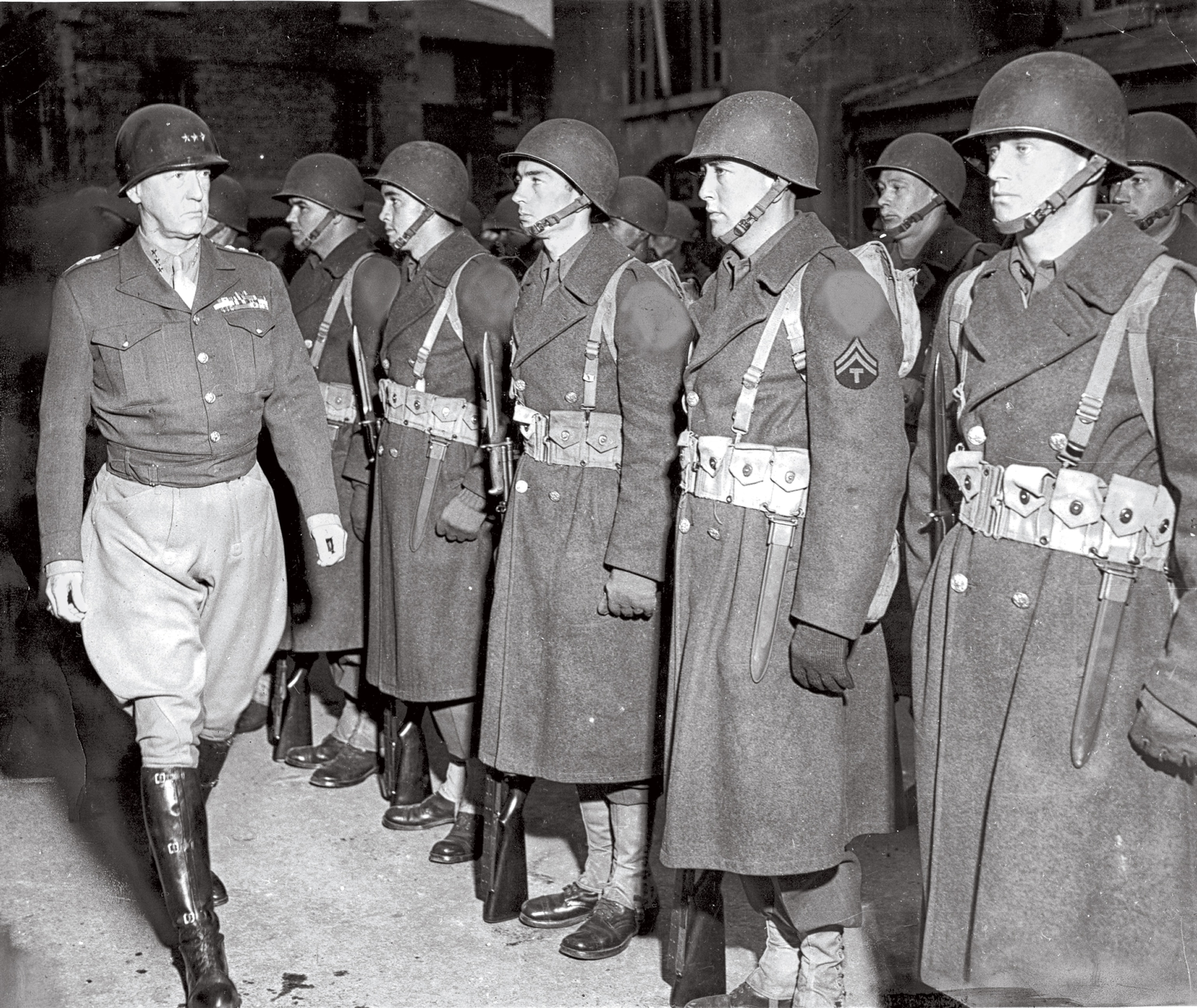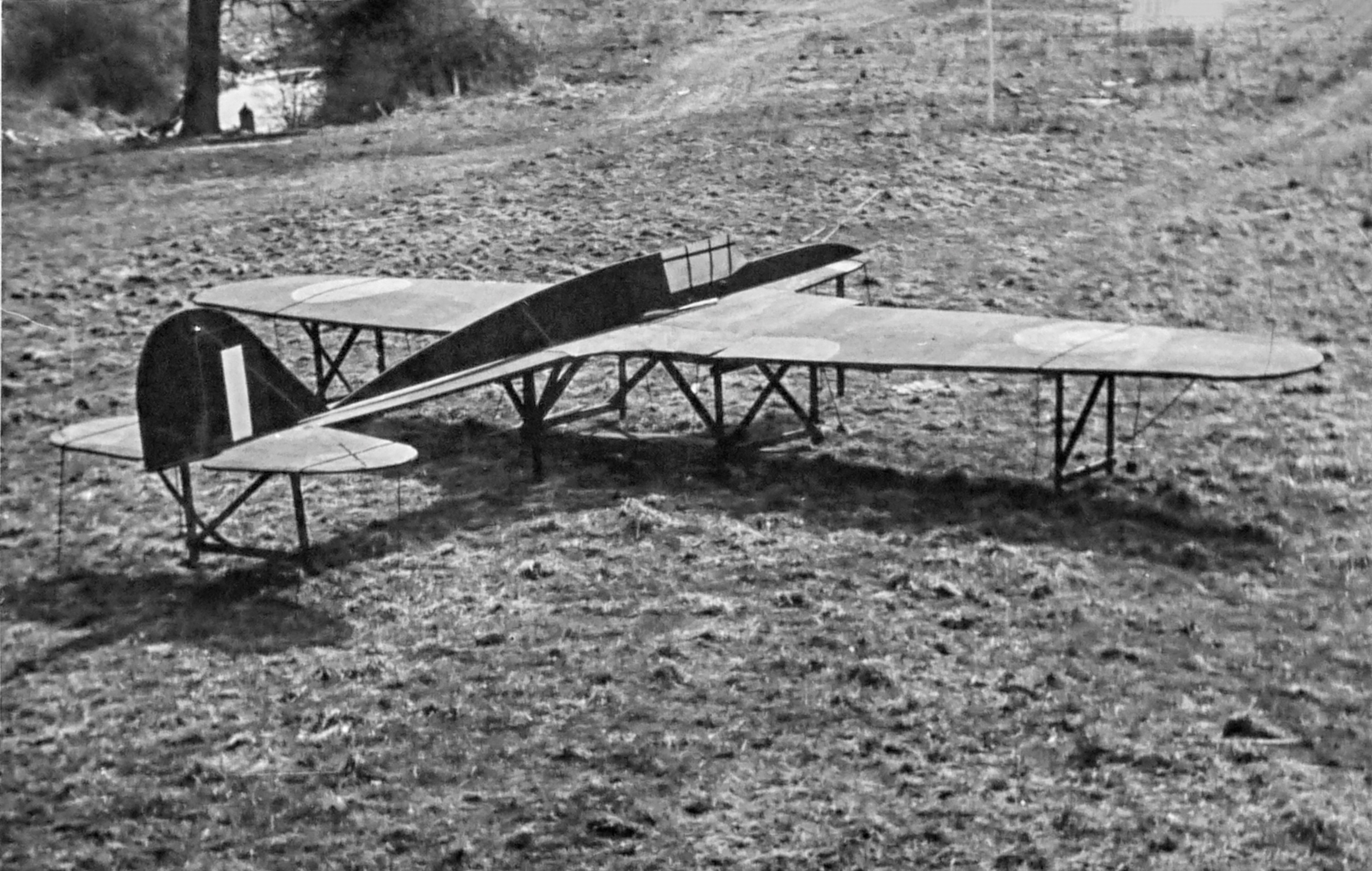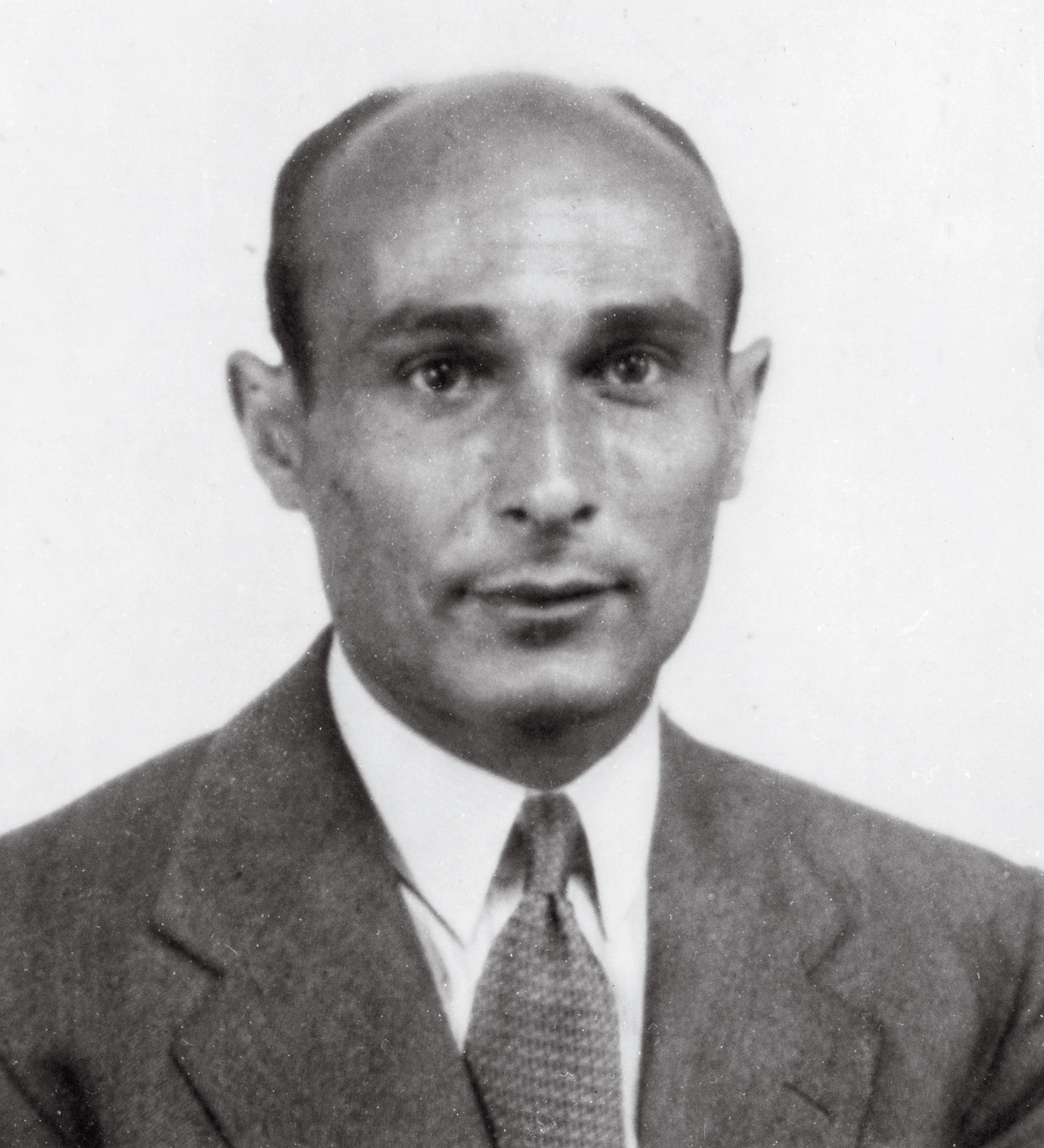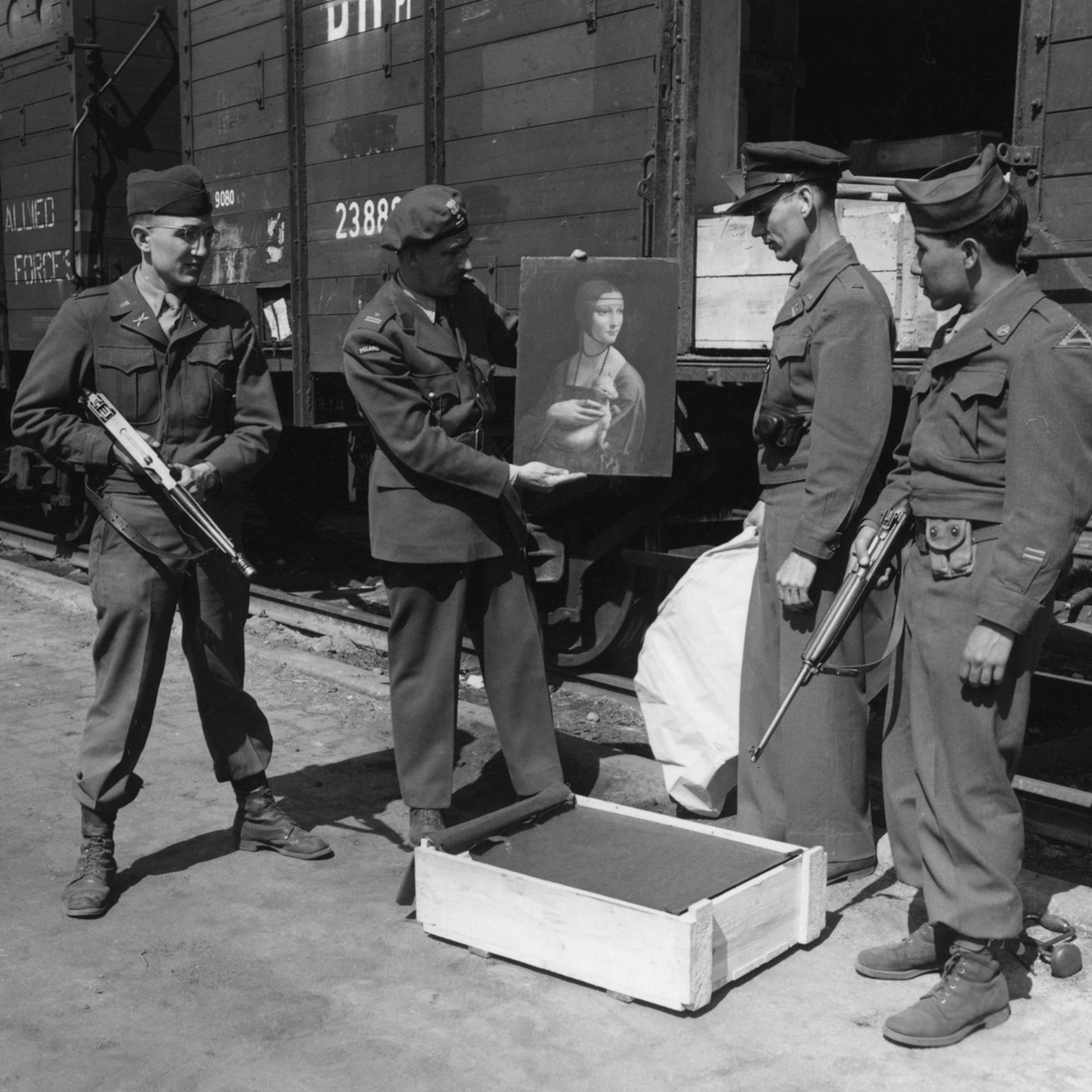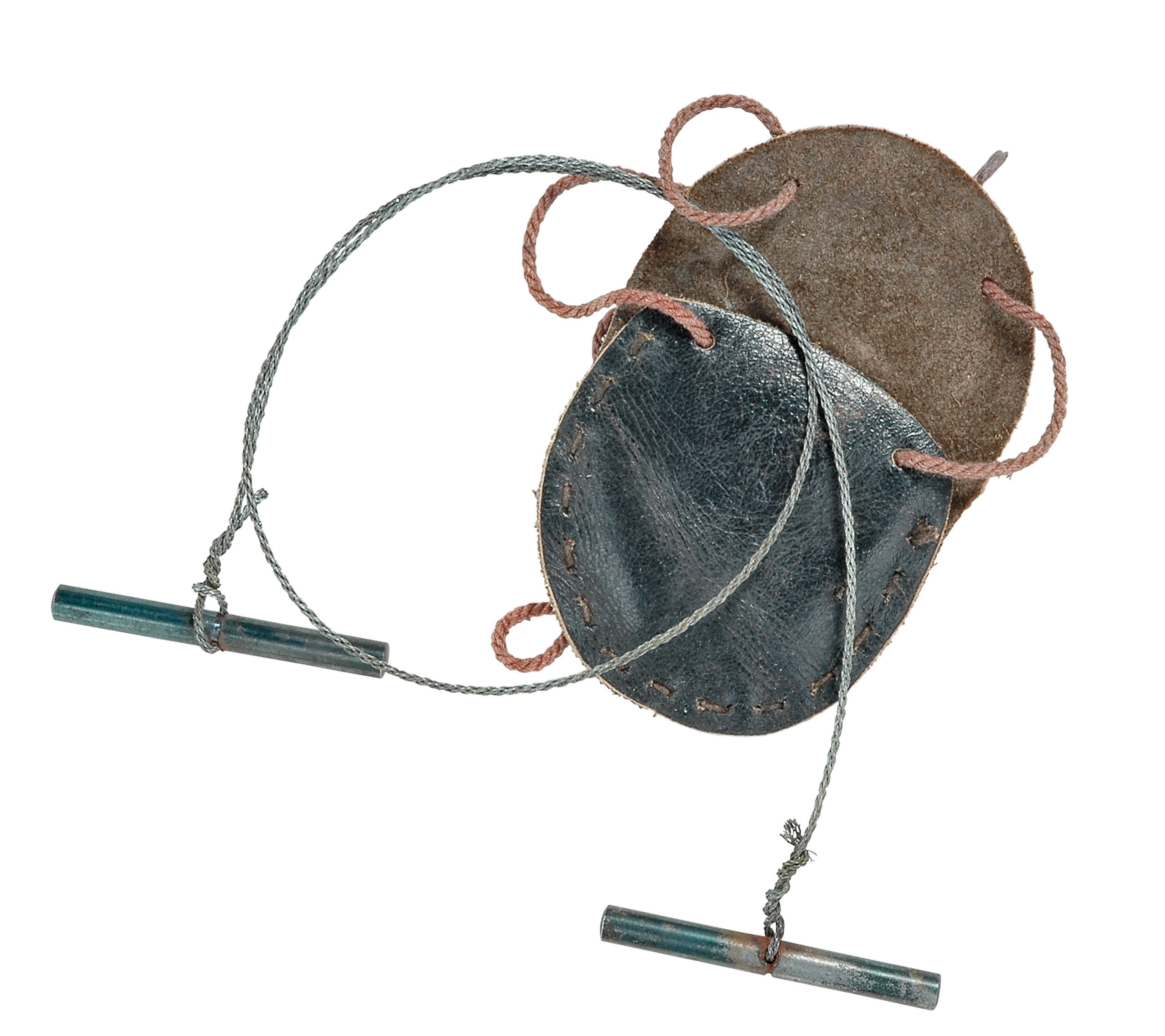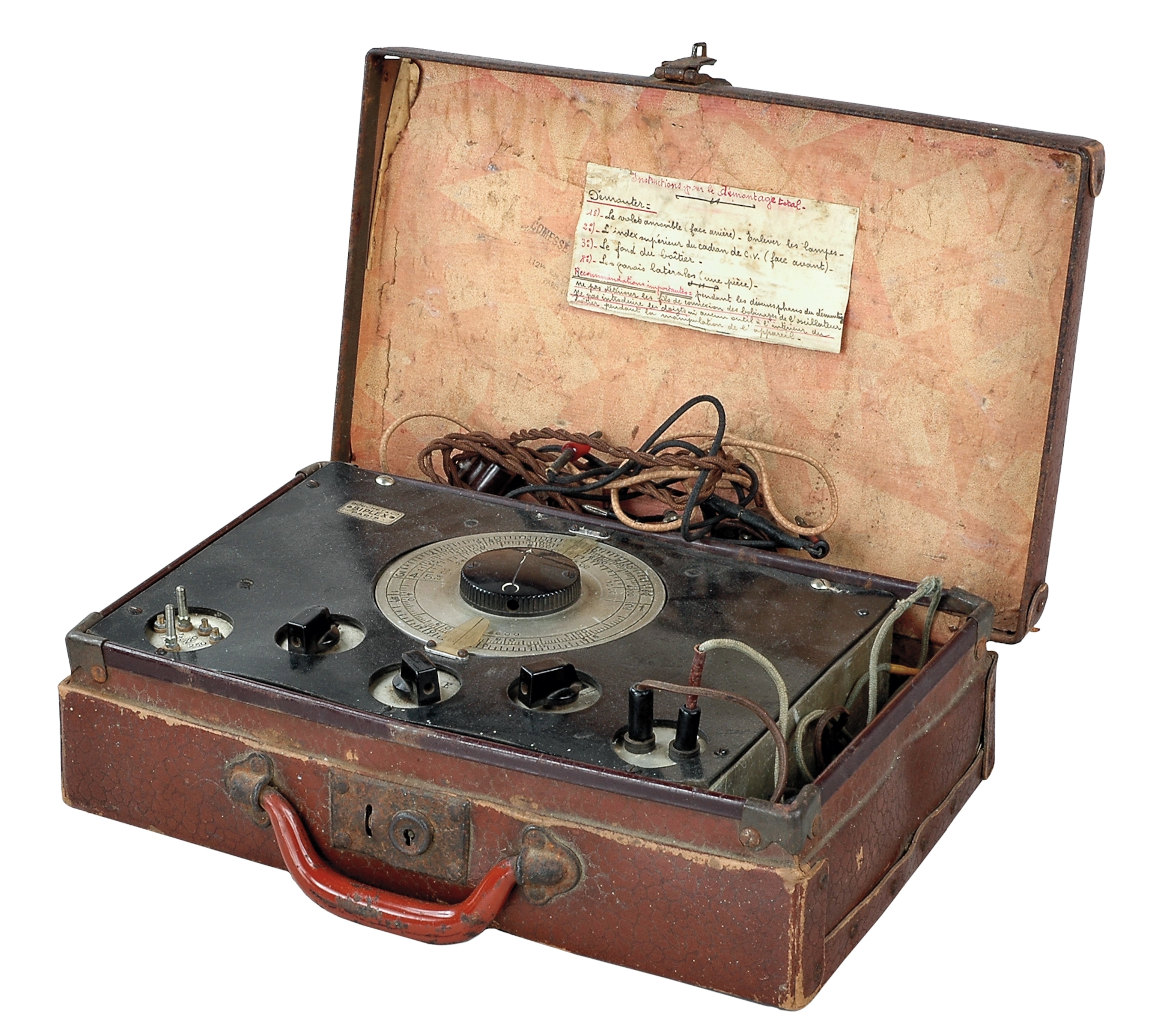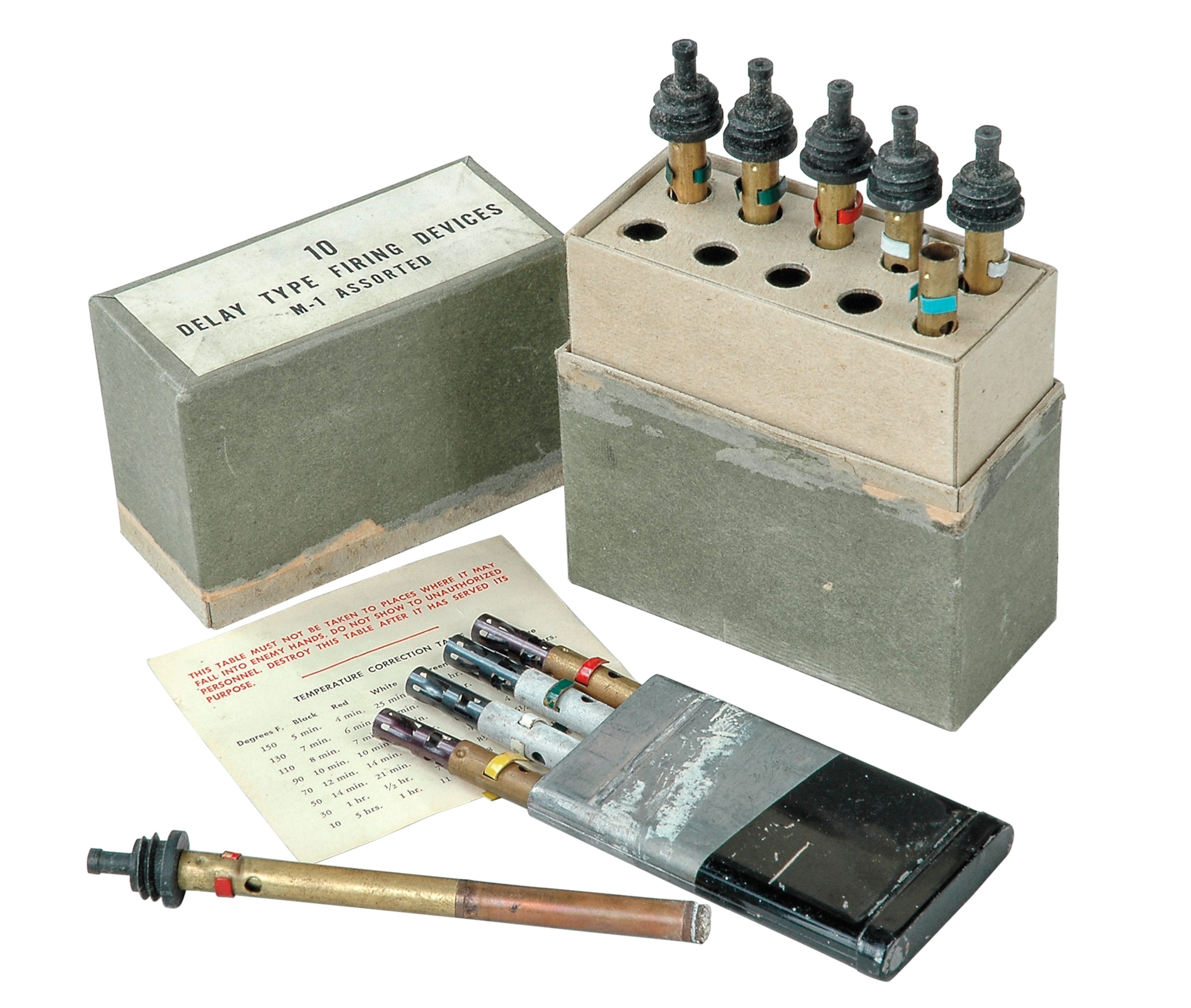
'Top Secret' maps reveal the massive Allied effort behind D-Day
As dawn broke on June 6, 1944, in northern France, the Allies began an invasion in the works for years: D-Day, the start of Operation Overlord that turned the tide against Nazi Germany.
The Allied invasion of German-occupied France that began in the early hours of June 6, 1944, was long in the making. By gaining supremacy in the Atlantic in 1943, the Allies had cleared the way for a huge buildup of American troops and equipment in Great Britain. Between January and June 1944, nine million tons of supplies and 800,000 soldiers crossed the Atlantic from the United States to bolster the invasion, designated Operation Overlord.
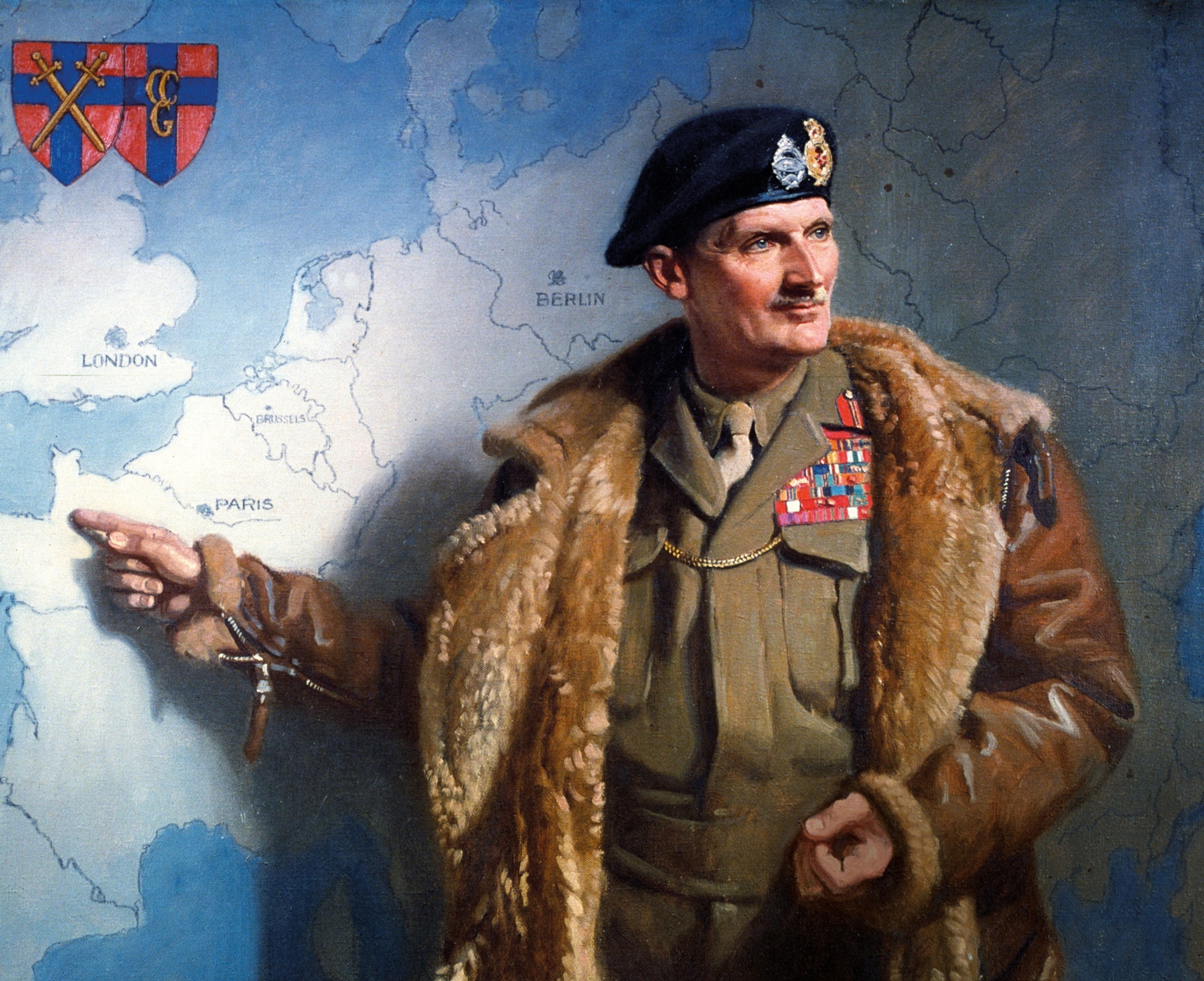

Meanwhile, Allied pilots exploited their hard-won superiority over the diminished German Luftwaffe by blasting French railways and bridges to keep their foes from rushing reserves to Normandy when troops landed there. Anglo-American commanders battle tested in North Africa and Italy, including American Dwight D. Eisenhower and Bernard Montgomery of the United Kingdom, prepared to lead invasion troops against their old foe, German general Erwin Rommel, assigned to strengthen French coastal defenses while the bulk of the German Army struggled to hold back resurgent Soviets on the Eastern Front. (See also: Memories of D-Day come alive on the beaches where it happened.)
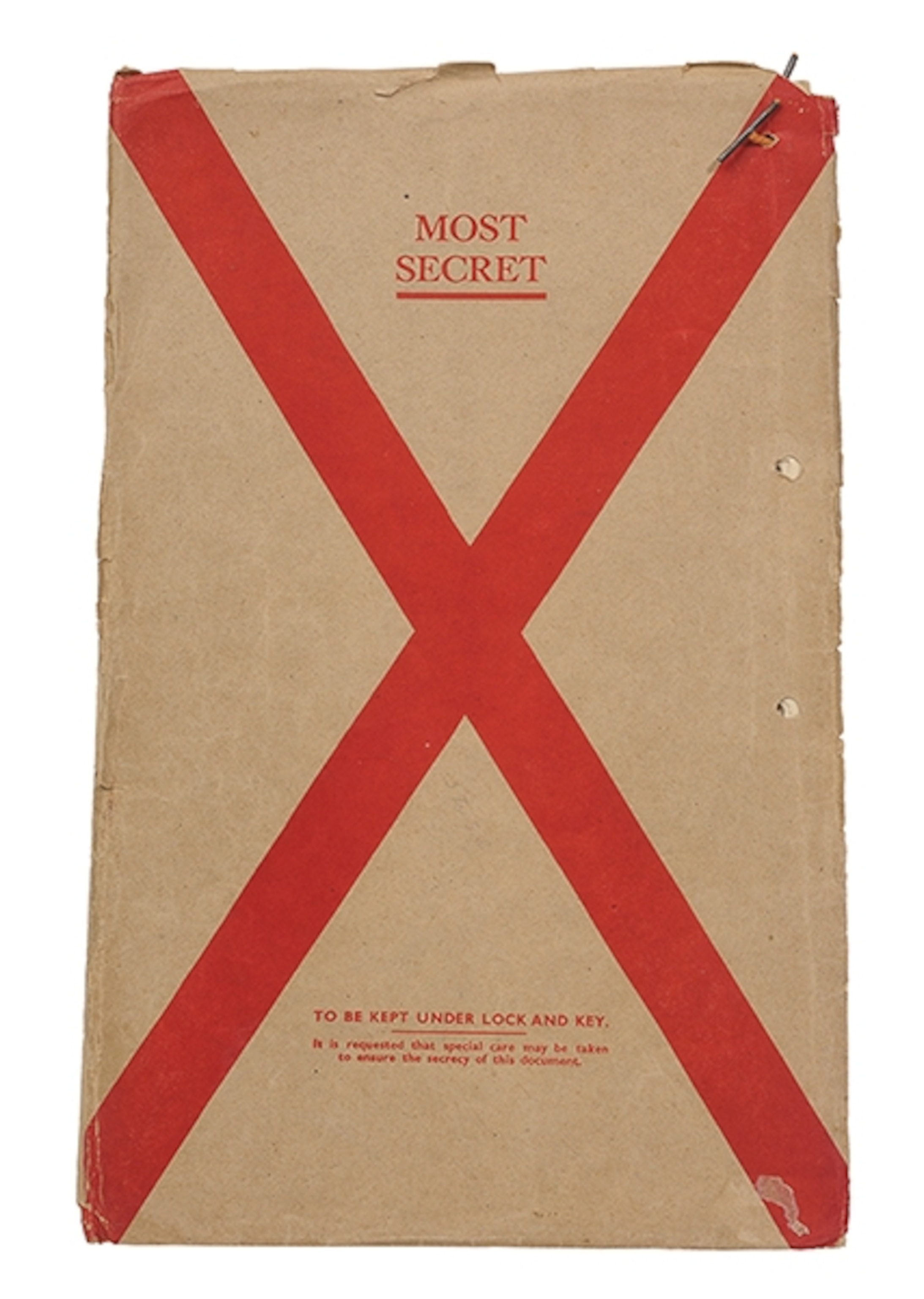
The German wall
Planning for Operation Overlord began in London more than a year before the invasion took place. Allied staff officers led by Lt. Gen. Frederick Morgan debated where to pierce the Atlantic Wall, German coastal fortifications extending from Norway to the southwest coast of France. The shortest route to Germany lay across the Strait of Dover (Pas-de-Calais), but landing around Calais meant attacking the strongest sector of the Atlantic Wall.
Morgan and staff decided instead to land on the coast of Normandy, which lay farther from Germany but was less heavily fortified. Their original plan, drawn up in strict secrecy, called for three divisions to come ashore on a narrow front on D-Day. But when Eisenhower and Montgomery arrived in London in early 1944 to serve respectively as supreme commander and field commander of the Allied Expeditionary Force destined for Normandy, they altered the invasion plan based on amphibious operations in Italy. (See also: Excerpt: Rare World War II maps reveal Japan's Pearl Harbor strategy.)

Five divisions would land on D-Day on a broader front, supported by three airborne divisions and followed by an immense influx of men and material. The huge commitment of landing craft and other resources to Normandy meant that a second invasion of France along the Mediterranean coast, which was meant to coincide with Overlord to prevent Germans in the south from being shifted to Normandy, would instead take place a few months after Overlord unfolded.
The Commanders

The Allies' meticulous plans to invade Normandy in 1944 were overseen by Dwight D. Eisenhower, appointed supreme commander in Europe the year before. In addition to a formidable military record, the future 34th president of the United States inspired his troops with his warmth and rousing addresses. Second in command was Britain’s Field Marshal Bernard Law Montgomery, who defeated German forces, under the command of Erwin Rommel, in North Africa, a major turning point of the war. Hitler later entrusted Rommel with defense of France’s channel coast, where, as D-Day dawned, he and Montgomery once again faced one another as the war’s dramatic endgame began.
Germany’s defense
German commanders did not ignore the potential threat to Normandy. Rommel—in charge of Army Group B under Field Marshal Gerd von Rundstedt, German commander in chief in the West—laced beaches there with mines as well as obstructions that would force landing craft to disgorge troops at low tide, leaving them more exposed to enemy fire. Rommel wanted panzer divisions deployed at likely landing sites in Normandy to repulse invaders before they established a beachhead and were reinforced. “Everything we have must be on the coast,” he insisted.

Rundstedt disagreed, and Hitler decided to hold most German armored forces in reserve under his own control until the invasion took place. Only one panzer division guarded the Normandy coast beforehand. An elaborate Allied deception campaign called Operation Bodyguard—which included simulating phantom divisions and feeding false reports to Berlin from German agents under British control—led Hitler to view landings at Normandy as a diversion, which would be followed by a massive Allied thrust across the Strait of Dover. (See also: The inside story of how three unlikely allies won World War II.)
Dawning of D-Day
The invasion of Normandy was preceded by daring coastal and aerial reconnaissance that yielded detailed charts of the five landing zones: Gold, Juno, Sword, Utah, and Omaha beaches.
Omaha Beach, the largest of the of the D-Day attack zones, was subdivided into areas which were code-named Charlie, Dog (divided into Green, White, and Red sections), Easy (divided into Green and Red sections), and Fox (divided into Green and Red sections).
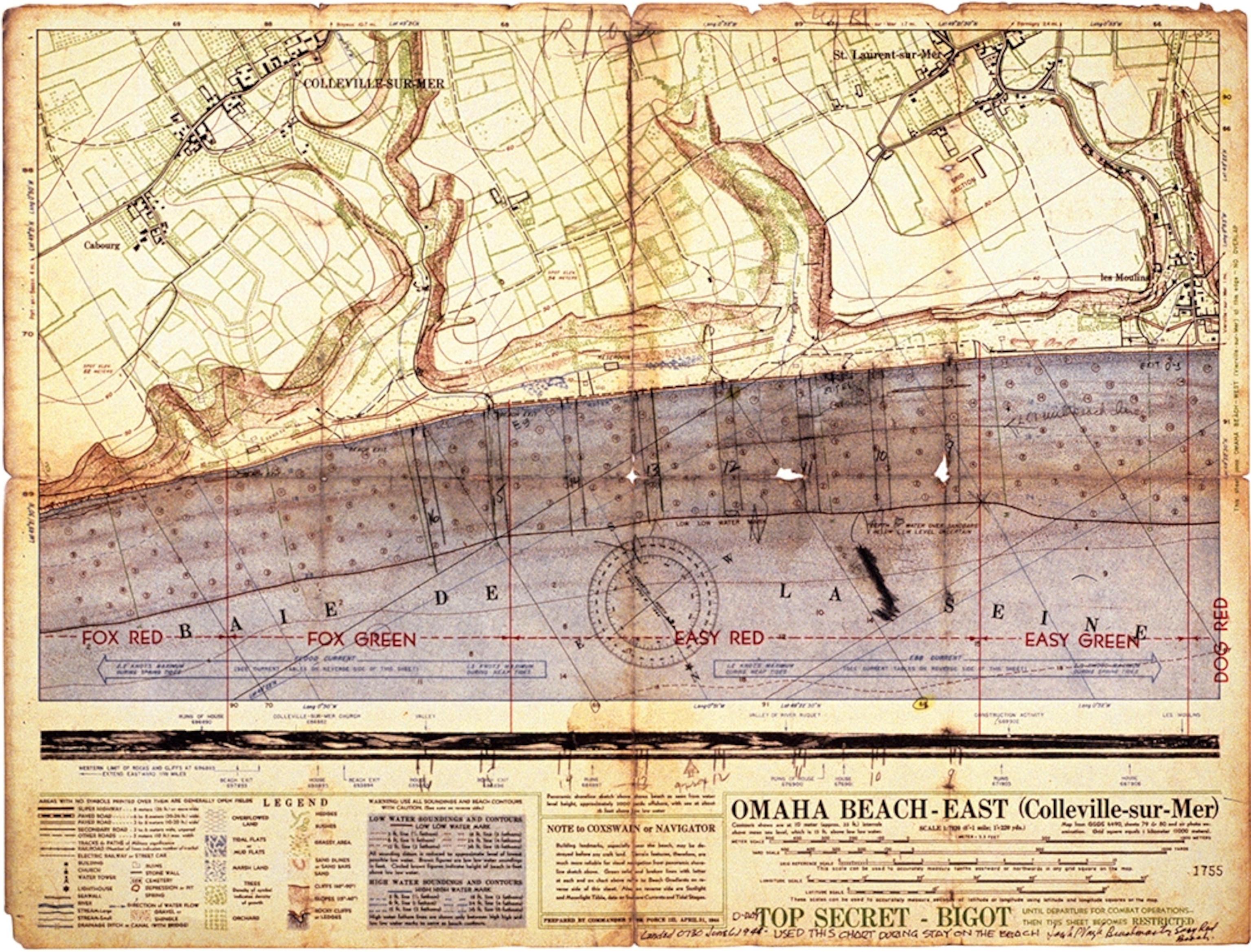
Foul weather forced Eisenhower to postpone Overlord until June 6. Two more weeks would pass before the moon and tides were again favorable for paratroopers landing inland before dawn and soldiers landing on the beaches at daybreak.
The decision to proceed on the sixth, during a predicted lull in the storm, caught German commanders by surprise. But some Allied landing craft and amphibious tanks sank in swells, and men who stayed afloat were seasick. Nausea mingled with dread as they disembarked under fire. “Many were hit in the water and drowned,” recalled Sgt. Bob Slaughter of the U.S. 29th Infantry Regiment. “There were dead men in the water and live men acting dead, letting the tide take them in.”

Nearly 3,000 Americans were killed or wounded on Omaha Beach, most of them in the first few hours. As shellfire from Allied warships began silencing enemy gunners on the cliffs, however, soldiers rallied and pushed inland through ravines toward Colleville-sur-Mer. Americans who landed at Utah Beach faced little resistance, and British and Canadian troops advanced several miles inland from their beaches and withstood a late-day counterattack by the 21st Panzer Division.
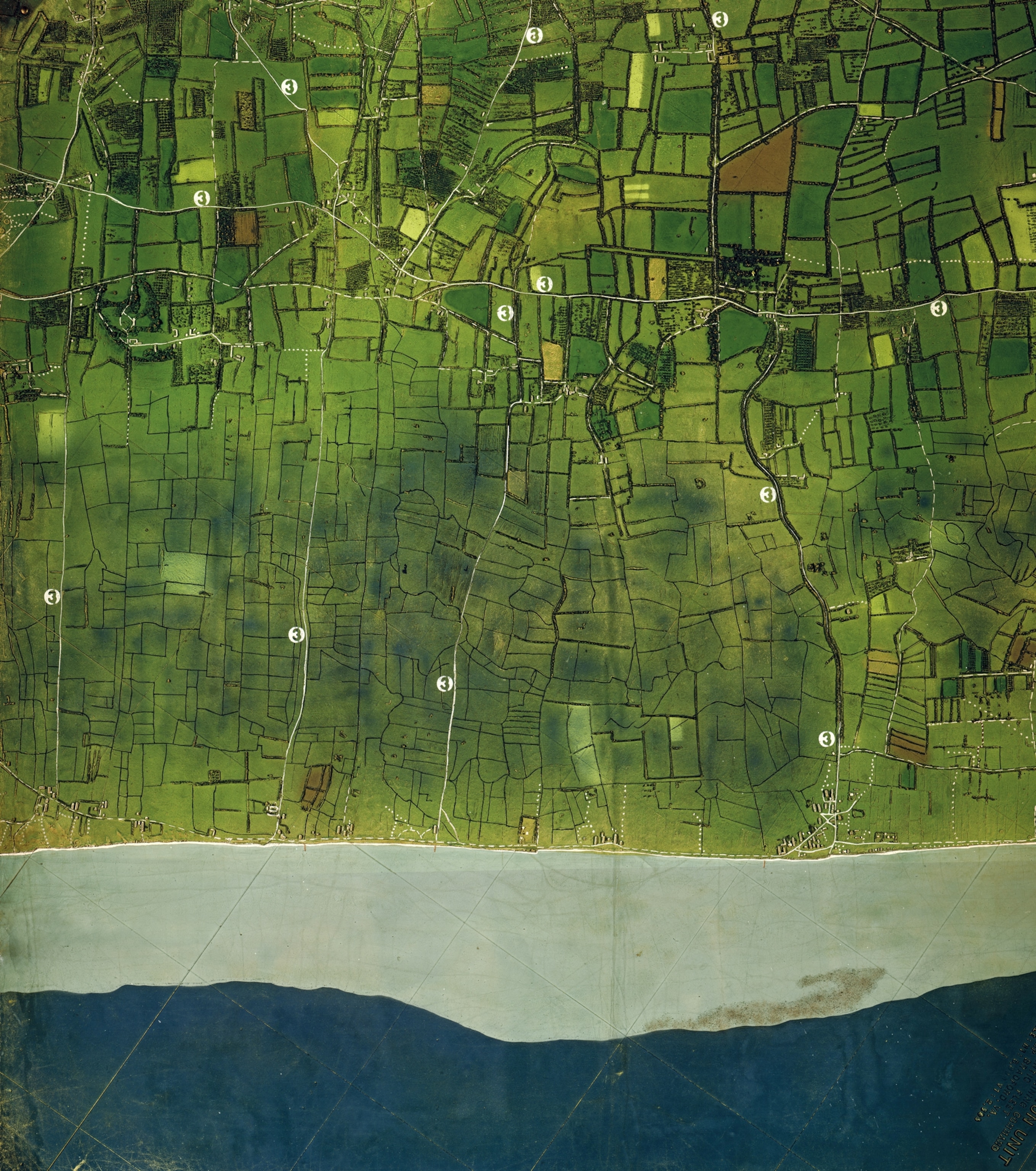
When Rommel returned that night to Normandy—after celebrating his wife’s birthday during the storm he thought would preclude an invasion—his worst fears were realized. He had warned a fellow officer that their only chance was to stop the enemy in the water. Now nearly 160,000 Allied troops had landed.
Expanding the beachhead
Following D-Day, the Allies had to transport troops and supplies to Normandy in vast amounts without access to a deepwater port. Germans assumed that their foes would require such a port, which lent credence to Allied deceptions portraying the Normandy landings as a diversion, to be followed by a big push aimed at a deeper port like Calais.
Overlord and Bodyguard
While the German 15th Army remained in place around Calais to defend against that anticipated thrust, the Allies reinforced their Normandy beachhead by constructing artificial harbors called mulberries, using components prefabricated in British ports and towed across the English Channel.
Mulberry A, completed off Omaha Beach in mid-June and linked to shore by a pontoon bridge, was wrecked a few days later by one of the worst storms to hit the coast that season. Mulberry B, constructed off Gold Beach near Arromanches, withstood that storm and helped boost Allied strength in Normandy to one million men by early July.
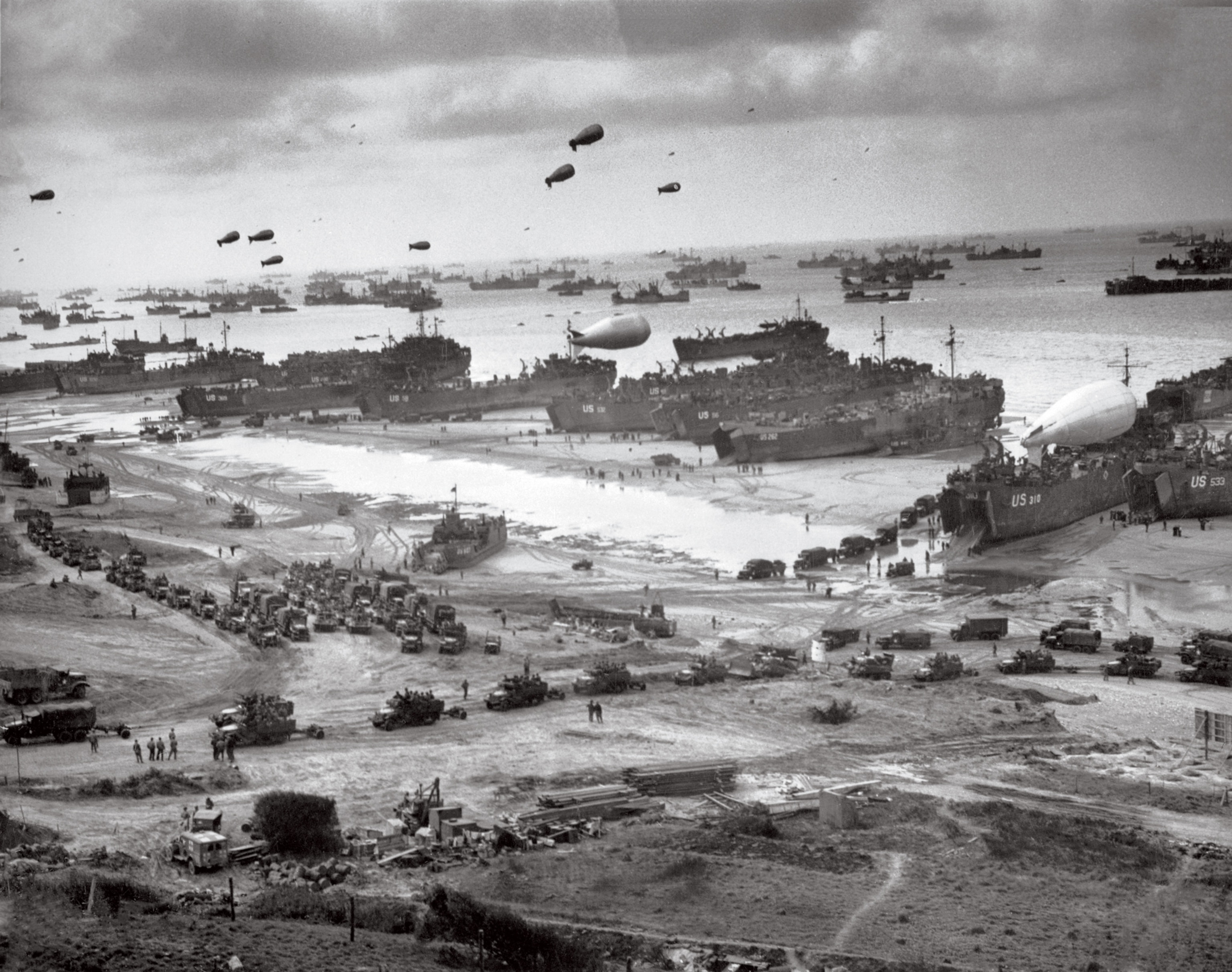
Reinforcements for the troops who landed on D-Day were essential because expanding the beachhead proved even tougher than establishing it on June 6. Inland from the beaches lay the forbidding bocage, consisting of low fields surrounded by dense hedgerows that sheltered German snipers, machine gunners, and anti-tank units. Not until June 27 did American troops seize the deepwater port of Cherbourg, which German demolition teams rendered useless until later that year.
Another important objective, heavily defended Caen, was not taken on D-Day, as Montgomery planned, and held out against repeated attacks. On June 13, the British Seventh Armored Division tried to outflank Caen but was repulsed at Villers-Bocage by elements of the First and Second SS Panzer Divisions.
Allied bombers blasted Caen on July 6, killing many French civilians but few Germans, who withdrew south of the city and resisted tenaciously as Montgomery tried to punch through their defenses. Although held in check, his forces kept several German armored divisions tied down while American troops prepared to launch Operation Cobra from Saint-Lô, west of Caen, and break out of the beachhead.
Spy Gear of the French Resistance
Beginning of the end
Although the landings on D-Day were less costly than Allied leaders feared, American forces destined for Omaha Beach paid a dreadful price before securing that sector. Casualties mounted as invasion forces advanced inland and met with fierce resistance. Not until late July did they break out, aided by devastating air raids that gouged holes in enemy lines through which armor advanced, including tanks of Patton’s U.S. Third Army. On August 15, a second Allied invasion designated Operation Dragoon unfolded on the French Mediterranean coast. Resistance groups took up arms, and some began liberating Paris before Allied troops entered the city in late August.
The offensive in France and the Low Countries coincided with a massive onslaught by the Red Army, whose troops advanced into German-occupied Poland before invading Germany proper by entering East Prussia. Hitler refused to concede defeat and launched a desperate counterattack at year’s end against the Western Allies, whose advance had stalled as they ran short of supplies and came up against the formidable West Wall (Siegfried Line) along the German border.
The resulting Battle of the Bulge, won in January 1945, delayed their advance across the Rhine until March while vengeful Soviets closed on Berlin. “We may be destroyed,” Hitler had remarked earlier, “but if we are, we shall drag a world with us—a world in flames.” On April 30, with Berlin in flames and about to fall to the Russians, he committed suicide. A week later, Germany surrendered unconditionally.

